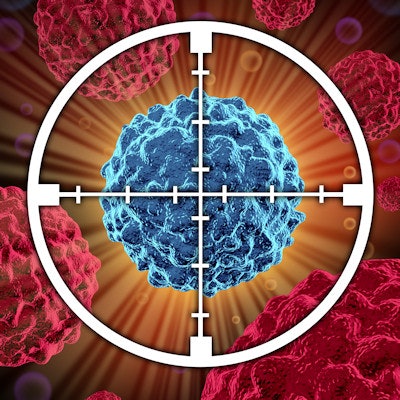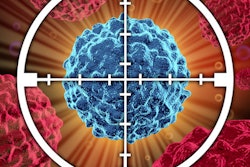
Deaths worldwide from cancer rose to 10 million in 2019, with the number of new cases increasing to more than 23 million, according to an article published December 30 in JAMA Oncology.
Researchers at the Institute for Health Metrics and Evaluation (IHME) at the University of Washington in Seattle analyzed data from 29 cancer groups in 204 countries and territories from the institute's Global Burden of Disease (GBD) 2019 study. In addition to increases in deaths and new cases, the latest estimates highlight global inequities in cancer burden, according to the authors.
"Increased cancer prevention and control efforts are needed to equitably address the evolving and increasing burden of cancer across the [sociodemographic index] spectrum," wrote IHME research scientist and corresponding author Jonathan Kocarnik, PhD.
The IHME's GBD 2019 study updates 2017 estimates and is considered the most comprehensive worldwide observational epidemiological study to date. The study describes cancer incidence, mortality, years lived with disability, years of life lost, and disability-adjusted life years (DALYs) since 2010. DALYs are estimates of the number of years lost due to ill-health, disability, or early death.
Global estimates by quintiles of the sociodemographic index (SDI), a composite measure of educational attainment, income per capita, and total fertility rate for people younger than 25, were also included.
Globally, IHME analysts found the number of total cancer deaths worldwide increased by 20.9% from 8.29 million in 2010 to 10 million in 2019. Similarly, the number of new cancer cases increased from 18.7 million in 2010 to 23.6 million in 2019, an increase of 26.3%. There were an estimated 250 million DALYs due to cancer in 2019, a 16% increase in DALYs since 2010.
The five leading causes of cancer-related DALYs for both sexes combined in 2019, excluding other malignant neoplasms, were tracheal, bronchial, and lung cancer (TBL); colon and rectum cancer; stomach cancer; breast cancer; and liver cancer. Breast cancer was the leading cause of DALYs in the low SDI quintile, the authors wrote.
In addition, the researchers found cancer burden differed based on sociodemographics. The proportion of years lived with disability that contributed to DALYs increased with SDI, ranging from 1.4% in the low SDI quintile to 5.7% in the high SDI quintile. While the high SDI quintile had the highest number of new cases in 2019, the middle SDI quintile had the highest number of cancer deaths and DALYs.
However, from 2010 to 2019, the largest percentage increase in the numbers of cases and deaths occurred in locations worldwide grouped in low and low-middle SDI quintiles, the researchers wrote. Moreover, they predicted that by 2040, more than two-thirds of the world's cancers will occur in low-income and middle-income countries.
"Increasing cancer burden in already overburdened and underresourced settings is concerning given existing disparities in health care access and coverage," the authors wrote.
Ultimately, most countries will need to accelerate their efforts to meet goals set by the United Nations of reducing premature mortality from noncommunicable diseases by one-third by 2030, the authors stated.
"Efforts to strengthen cancer control infrastructure, expand workforce capacity, and increase access to universal health coverage and sufficient financial security will be crucial," the researchers concluded.





















